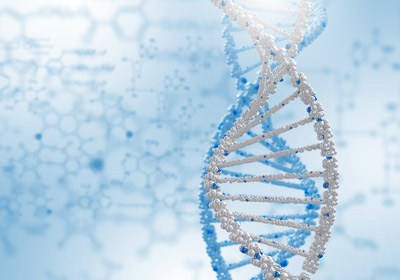Computational biology tools in Amino acids and bone cell metabolism; an opportunity for advances

Numerous works have dealt with the relationship between protein intake and origin and bone mass loss rates. It can be identified that published works in the period 1990-2005 mostly supported that animal protein intake amount was correlated to increased bone mass loss rates, in contrast to plant protein intake case. Most works in the following decade however have suggested that increased animal protein intake was correlated with higher bone mass densities and lower bone mass loss rates. However, research works on amino acids effects on bone cell metabolism are scarce. The few works on specific amino acids effect on bone mass loss rates are quite revealing for the role of amino acids in this process.
In such a work, human osteoblasts from both healthy and problematic bodies were treated with arginine, lysine and different combinations of them for a short testing period of a week. Alkaline phosphatase increased for all treatments and for both types of osteoblasts. Healthy body derived osteoblast had a positive reaction in terms of reducing IL-6. In the case of the osteopenic samples, only the combined treatment resulted in a measurable differentiation of IL-6 contents. Just arginine treatment initiated collagen production for the healthy samples, but not for the poor ones. Treatment with lysine resulted in no differentiation of the poor samples, but it provoked a change in growth factor in the healthy samples. Again, combined treatment led to a positive behavior for healthy samples but neutral for the poor ones.
More work is obviously required in this field. Effects of different essential amino acids on bone mass loss mechanisms should be investigated in terms of human age, current diet, and reported health issues. Such studies exist in the literature but they are based on protein effect and origin. Performing and reporting works on the specific amino acids effects on bone cell metabolism is a very promising action for the improvement of muscular skeletal diseases reduction. Such research can be undertaken at a theoretical level via powerful available computational tools and systems. Biological simulators and computational chemistry tools require much less resources in order to investigate processes involving less active compounds [amino acids]. This research topic seems ideal for application of such tools in order to investigate biological mechanisms at atomistic level. Such an approach requires just a fraction of research time and provides multiple measurable results in comparison to experimental approaches. Furthermore, it will strengthen the application of computational advances in biology.
Amino acid - specific research requires Density Functional Theory [DFT] or Ab Initio approaches for investigating the chemical and biological pathways of procedures involved. DFT however, due to the lowest scaling of computational requirements in relation to biological system size, offers a more attractive choice. DFT has been utilized in numerous relevant works providing highly accurate predictions on pathways, charge transfers, molecular transformations and other attributes of biological processes.
Using computational biology and computational chemistry tools, the effects of each specific compound and their mixtures can be monitored, investigated and explained in a revolutionary way. Work currently carried out in related fields such as protein folding reveals the true potential of such approaches. New, larger grid systems are available for worldwide cooperation that reduce the required computational times efficiently thus providing additional boost to the computational biology approach. It is expected that in the next decades, most novelties in the field will occur due to the use of such tools than to the use of traditional experimental techniques.
